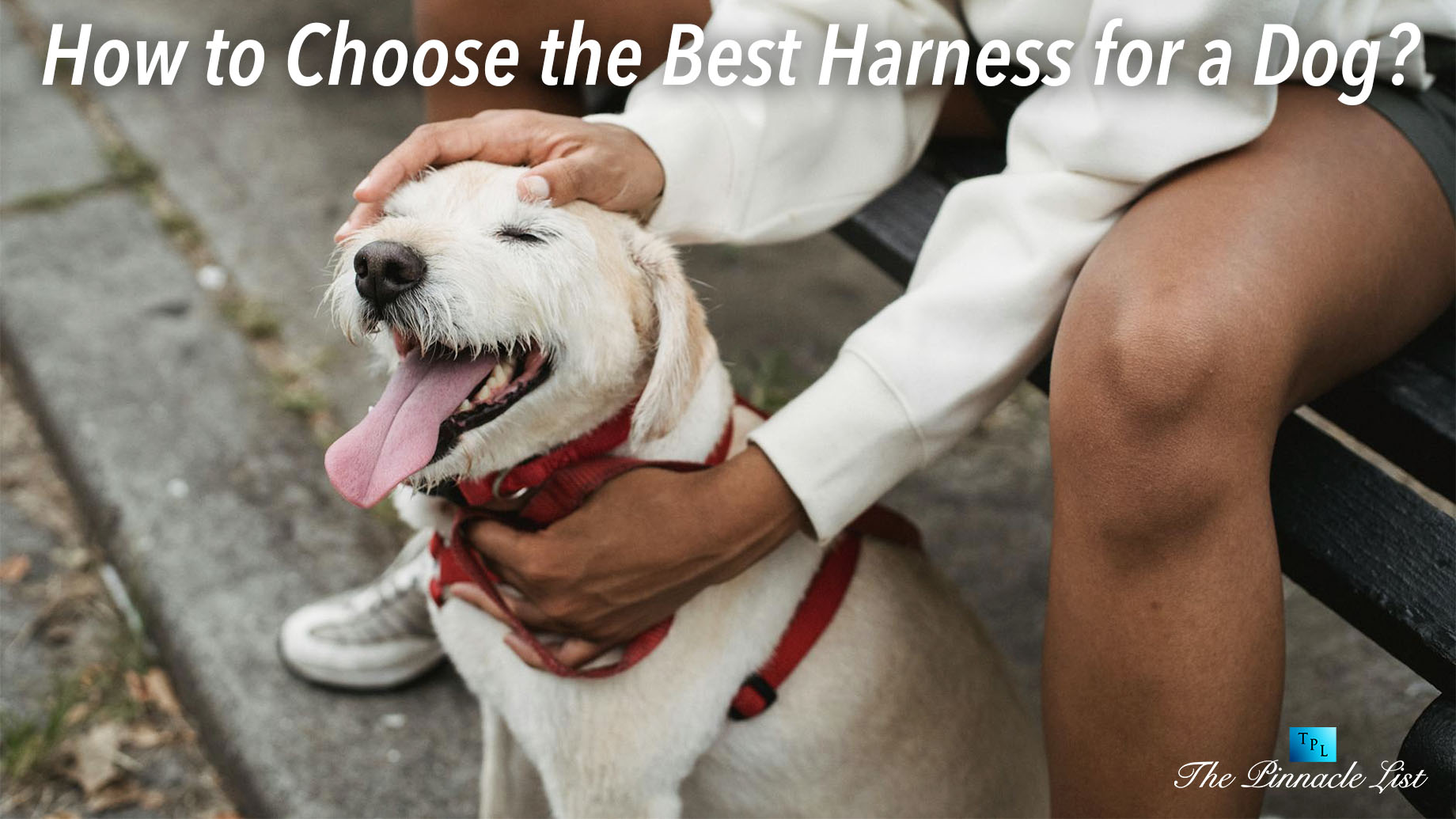
Harnesses are better than collars. They allow us to walk our dogs without providing them with discomfort. Nowadays, there’s a wide variety of models on the market, which can make it difficult to choose the best dog harness for a particular canine. In this article, we offer you a guide on how to do it right.
Why is it important to choose the best harness for your dog?
Choosing the best dog harness is important for several reasons. Firstly, a quality product can prevent injuries to your dog’s neck and back, especially if it is a large breed canine. In addition, the harness helps with controlling the dog during walks. It prevents it from pulling on the leash or slipping away and falling under a car, for example. A comfortable and well-fitted harness makes walks more enjoyable for both you and your dog. And it’s not that expensive at all. Good products with even better prices can be found here: https://allegro.pl/kategoria/dla-psow-szelki-90074
Different types of dog harnesses
A universal dog harness? There’s no such thing. You ought to buy a product with consideration of your pet’s specific needs. Some harnesses are ideal for controlling excessive pulling, while others are better suited for dogs with orthopedic issues. That’s why choosing a harness for a dog requires some thorough thinking. Here are different options to take into account.
Neck harness for small dogs
This type of harness goes around the dog’s neck and is secured at the back with a strap. It’s commonly used on small dogs, like a border terrier. It’s not recommended for large breed dogs or those that pull a lot on the leash, as it can damage their neck.
Back harness
This harness goes around the dog’s body and is secured at the back. It’s a good choice for small to medium-sized dogs that don’t pull a lot on the leash. Elderly pets tend to be more calm too, so these harnesses might suit them well. But consult a professional veterinarian first. It is possible that a back harness will bring more pain to your pet than comfort.
Chest dog harness for huskies
As the name suggests, chest harnesses for dogs go around their chests. They are secured at the back with a strap. It’s a popular choice for large dogs. Especially when they tend to move rapidly. Huskies make a good example. They can pull on the leash quite intensively… and without warning. An ideal dog harness for a huskie will distribute pressure evenly across the dog’s chest.
Anti-pull harnesses
This type of harness is designed to discourage dogs from pulling on the leash too much. It has a special design that applies pressure to the dog’s chest when pulling, making it uncomfortable and unpleasant. An option dedicated to potentially aggressive canines. It is also popular in the security business, where relatively big dogs must be controlled at all costs.
Harness for dogs with orthopedic problems
Dogs with mobility issues require special care. An orthopedic harness offers some assistance with walking. It can have different features, such as lumbar support. Lifting the hind legs, sometimes, is also a big help to disabled canines.
Summary
A dog harness should be bought rationally. There are many details to understand before making a decision. That refers to both body characteristics and your dog’s behavioral patterns. Choosing the wrong product might end up with unpleasant consequences. You can hurt your pet or allow it to hurt others. That can be an issue, especially when bigger dogs are a part of the equation.